
What Your Skin Could Be Telling You About Hidden Health Issues
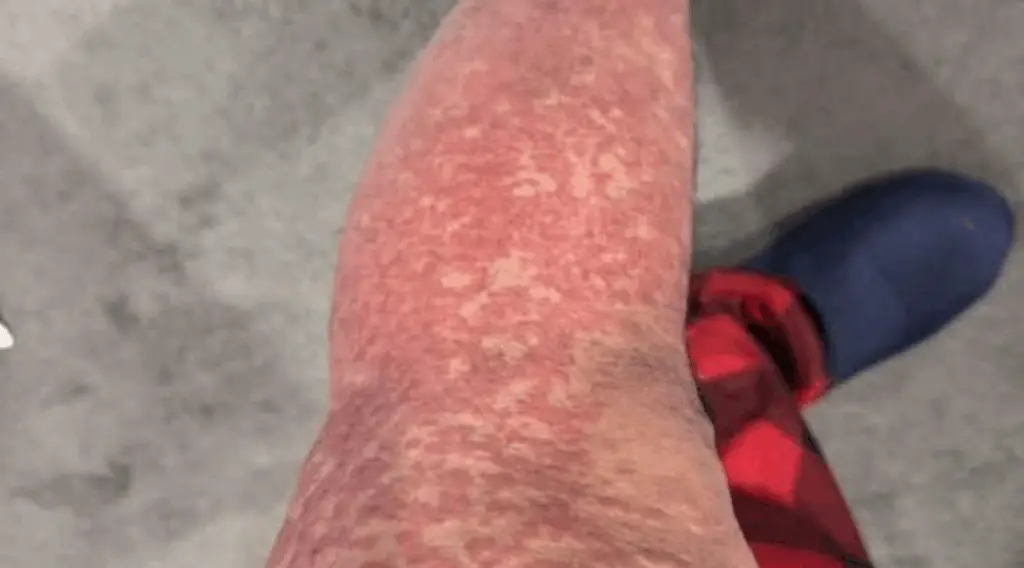
Livedo Reticularis: When Skin Patterns Tell More Than Meets the Eye
At first glance, this condition may seem like nothing more than a curious cosmetic change — faint purplish-blue lines forming a lace-like pattern across the skin. But this phenomenon, known as livedo reticularis, is more than skin-deep. In some cases, it’s harmless and temporary; in others, it can serve as an early warning sign of an underlying illness.
What Is Livedo Reticularis?
Livedo reticularis is a net-like, reddish-purple discoloration of the skin, commonly seen on the legs, arms, or torso. It occurs when blood in small vessels under the skin flows unevenly or becomes stagnant, causing some areas to appear darker due to reduced oxygen.
This pattern often becomes more noticeable in cold environments and fades as the skin warms, leading many to dismiss it as a simple circulation quirk. However, in some cases, it may indicate a more serious health condition.
Types of Livedo Reticularis
1. Primary (Physiological) Livedo Reticularis
-
Usually harmless and caused by exposure to cold.
-
Common in children, young adults, and people with fair skin.
-
Disappears once the body warms up.
2. Secondary (Pathological) Livedo Reticularis
-
Does not fade with warmth.
-
May be a sign of serious conditions such as vascular disease, autoimmune disorders, or clotting abnormalities.
-
Requires medical evaluation and monitoring.
Possible Causes
-
Cold exposure – the most common and generally benign trigger.
-
Vascular diseases – such as vasculitis or peripheral artery disease.
-
Autoimmune disorders – including lupus, rheumatoid arthritis, or antiphospholipid syndrome.
-
Blood clotting disorders – like thrombophilia, which affects circulation.
-
Medication side effects – some drugs for Parkinson’s disease, high blood pressure, or chronic conditions may cause similar skin changes.
In rare cases, livedo reticularis is linked to more severe systemic illnesses, such as Sneddon’s syndrome (associated with strokes), polyarteritis nodosa, or cholesterol embolization.
Recognizing the Symptoms
The hallmark sign is a mottled, net-like skin pattern. Other possible symptoms include:
-
Persistent coldness or numbness in the affected area
-
Pain, cramping, or heaviness in the legs
-
Skin ulcers or slow-healing wounds in severe cases
-
Neurological symptoms such as headaches, vision problems, or even strokes when systemic disease is involved
If the discoloration fades once the skin warms up, it’s usually harmless. But if it persists or worsens, medical attention is necessary.
Diagnosis
Doctors will perform a physical examination and ask about personal and family medical history. Depending on the case, additional tests may include:
-
Blood tests: to detect autoimmune markers, clotting disorders, or inflammation.
-
Skin biopsy: rarely needed but can help identify vascular inflammation.
-
Imaging studies: ultrasound or angiography to assess blood flow and vessel health.
Treatment
For Primary (Harmless) Livedo Reticularis:
-
Typically no treatment is required.
-
Keeping the body warm and avoiding sudden cold exposure helps the condition resolve naturally.
For Secondary (Underlying Disease) Livedo Reticularis:
-
Treatment focuses on addressing the root cause.
-
Options may include:
-
Anticoagulants to prevent blood clots.
-
Corticosteroids or immunosuppressants for autoimmune-related cases.
-
Circulation-improving medications for vascular issues.
-
-
Lifestyle changes such as quitting smoking, exercising regularly, and controlling cholesterol and blood pressure also play an important role.
When to See a Doctor
You should seek medical advice if:
-
The skin discoloration does not fade with warmth.
-
You develop pain, ulcers, or open sores.
-
You experience systemic symptoms like joint pain, fatigue, or neurological issues.
Early diagnosis and treatment can be crucial for identifying and managing serious underlying conditions.
Conclusion
Livedo reticularis is sometimes just a harmless reaction of the skin to cold, but it can also be a warning signal from your body that something deeper is happening.
Understanding the difference between temporary changes and pathological signs is essential.
Pay attention to your skin—and consult a doctor when needed—because early detection is key to protecting your health.
News in the same category

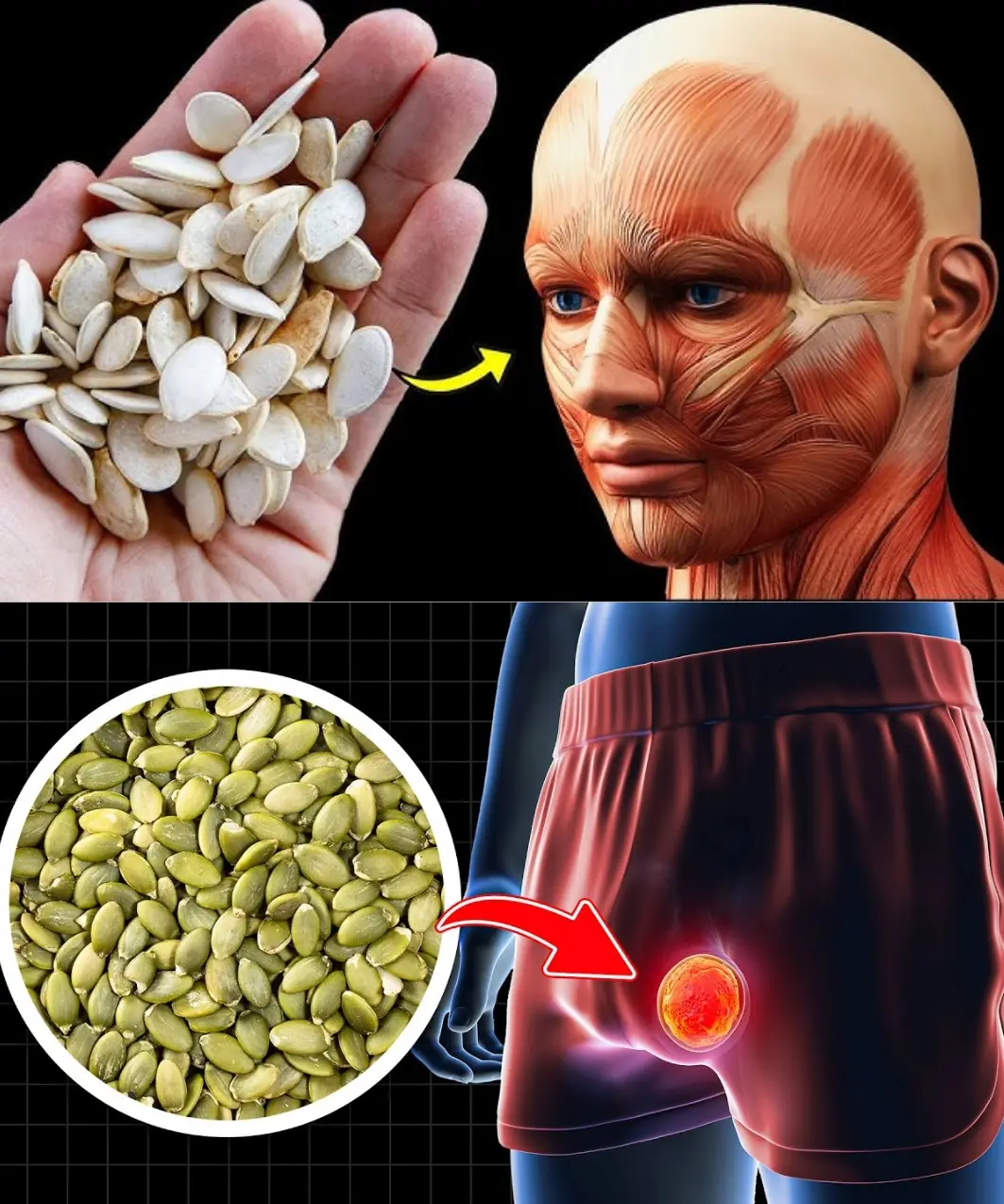
What Happens To Your Body When You Eat Pumpkin Seeds Every Day

4 foods to eat on an empty stomach in the morning to cleanse the gut, boost digestion, and lower cancer risk

Banana Tea: Should You Try It? (Nutrition, Benefits, Recipe)

The Color of Your Stool Is Warning You About Your Health!
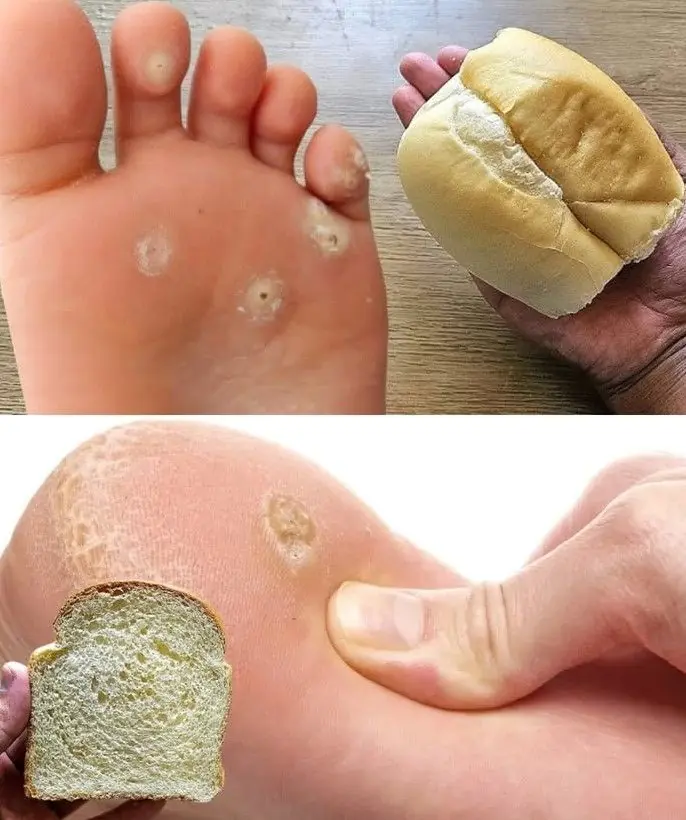
Remove Foot Calluses Naturally with This Simple Bread Remedy

Is It Acceptable to Wear Underwear Two Days in a Row? A Surprising Answer

10 Signs You Might Have Parasites
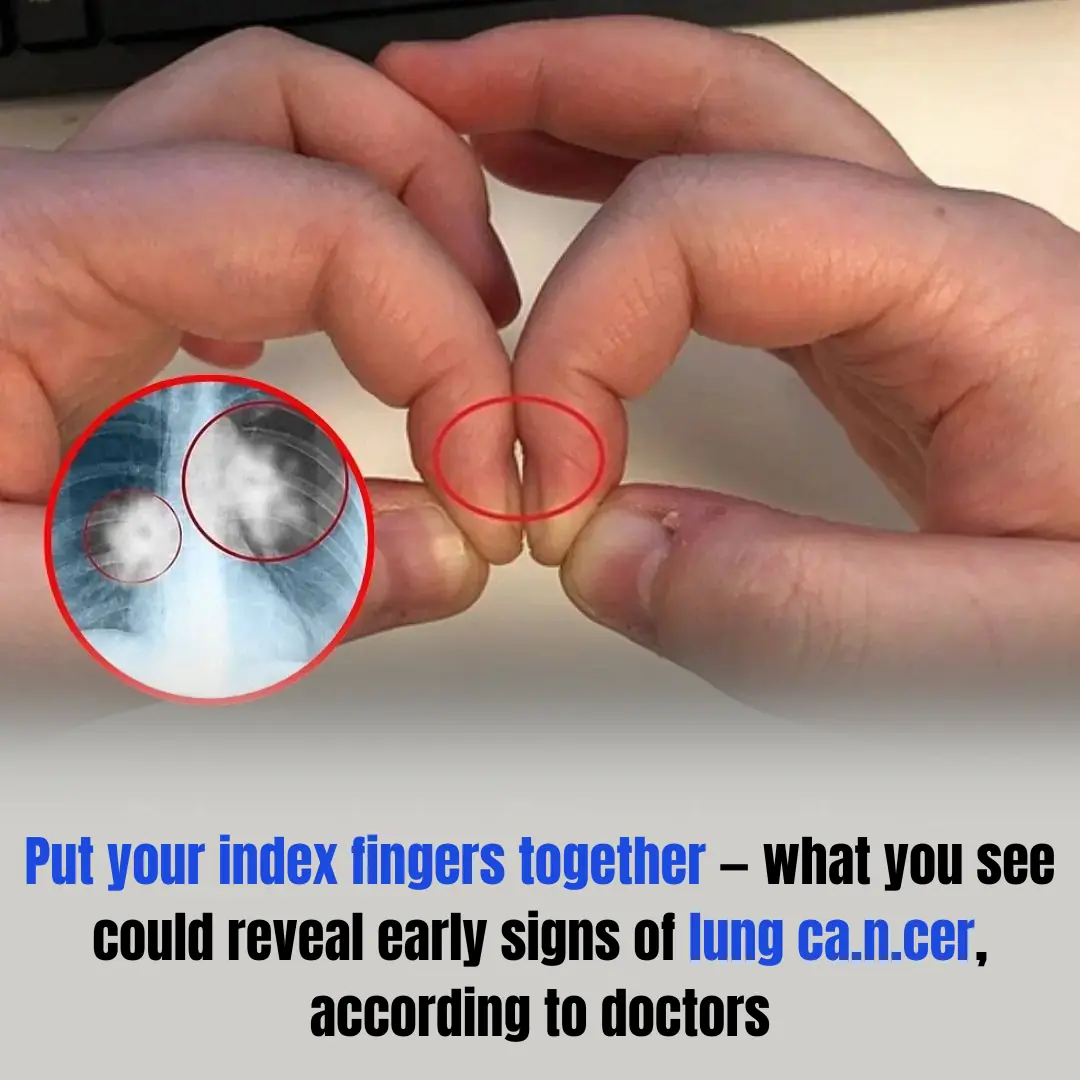
Put your index fingers together — what you see could reveal early signs of lung ca.n.cer, according to doctors

3 Unusual Neck Signs That May Warn of Cancer
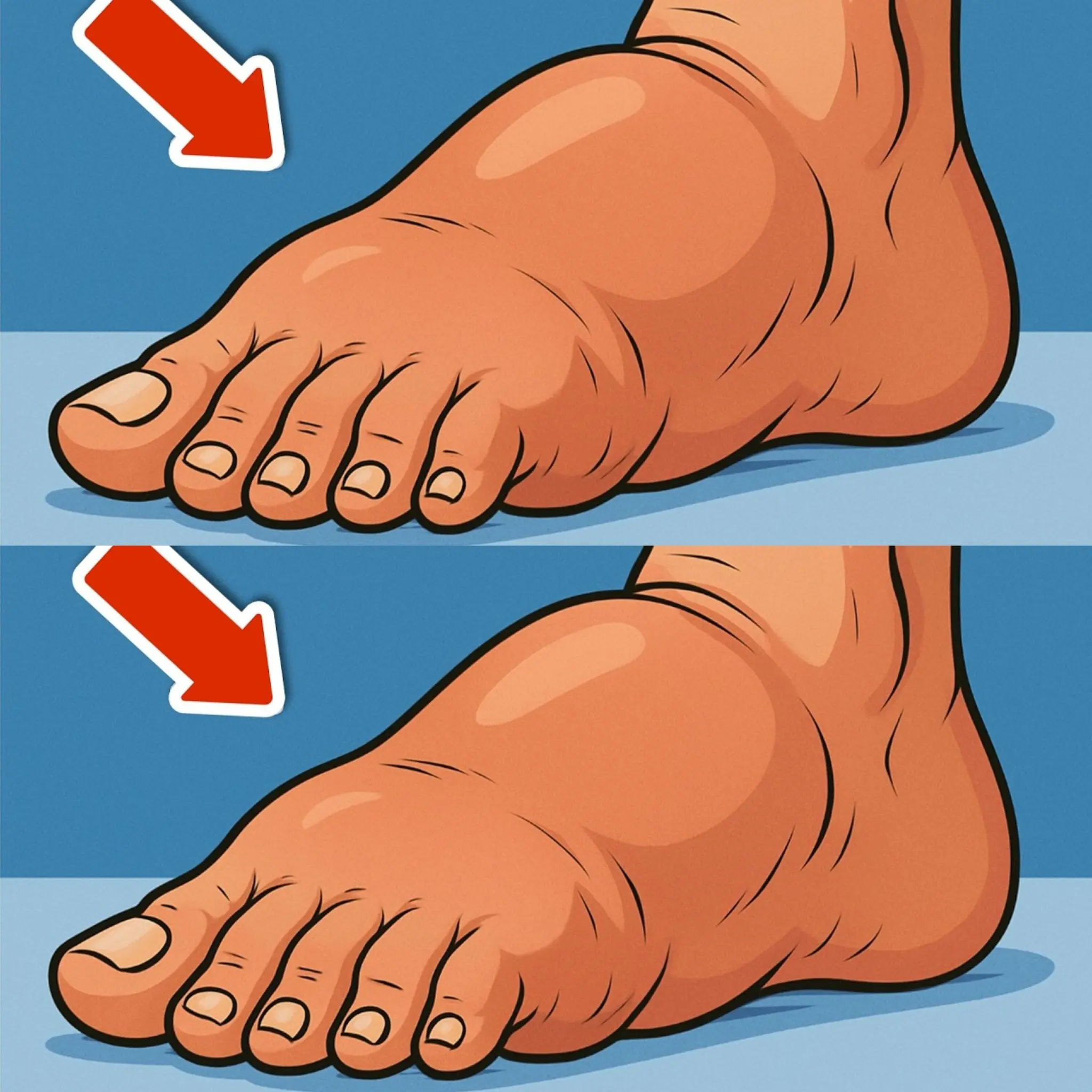
Eat THIS to Get Rid of Swollen Legs & Feet – Incredibly Fast!

Detect Early: Cancer Symptoms You Should Never Ignore
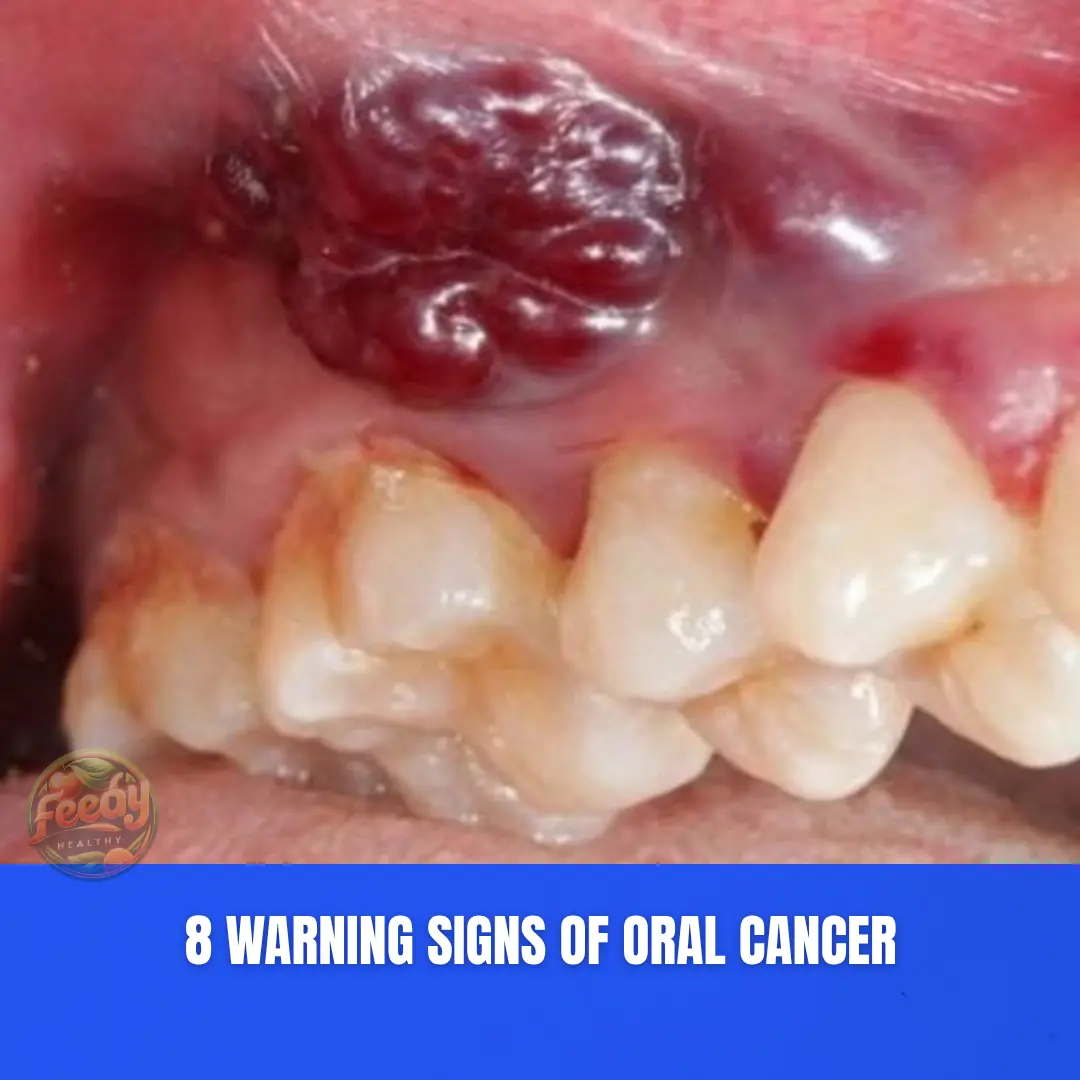
8 Warning Signs of Oral Cancer
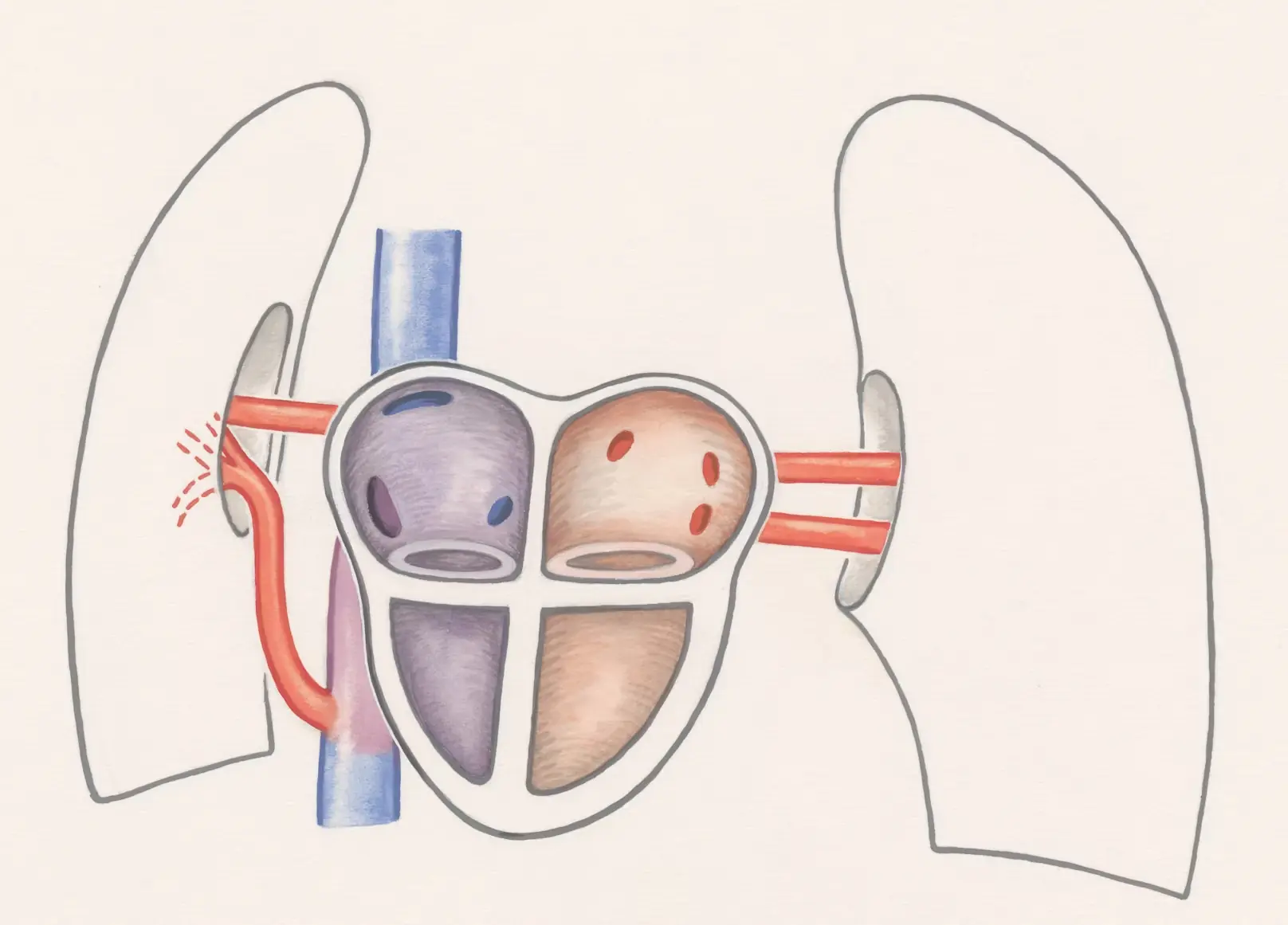
Doctors Shocked After Finding 300 Kidney Stones In Young Woman

13 Reasons You Should Eat Eggs and Sweet Potatoes Every Morning

If your mouth feels dry at night, here are 8 reasons why

SENIORS: This Sleeping Position Raises Your Stroke Risk
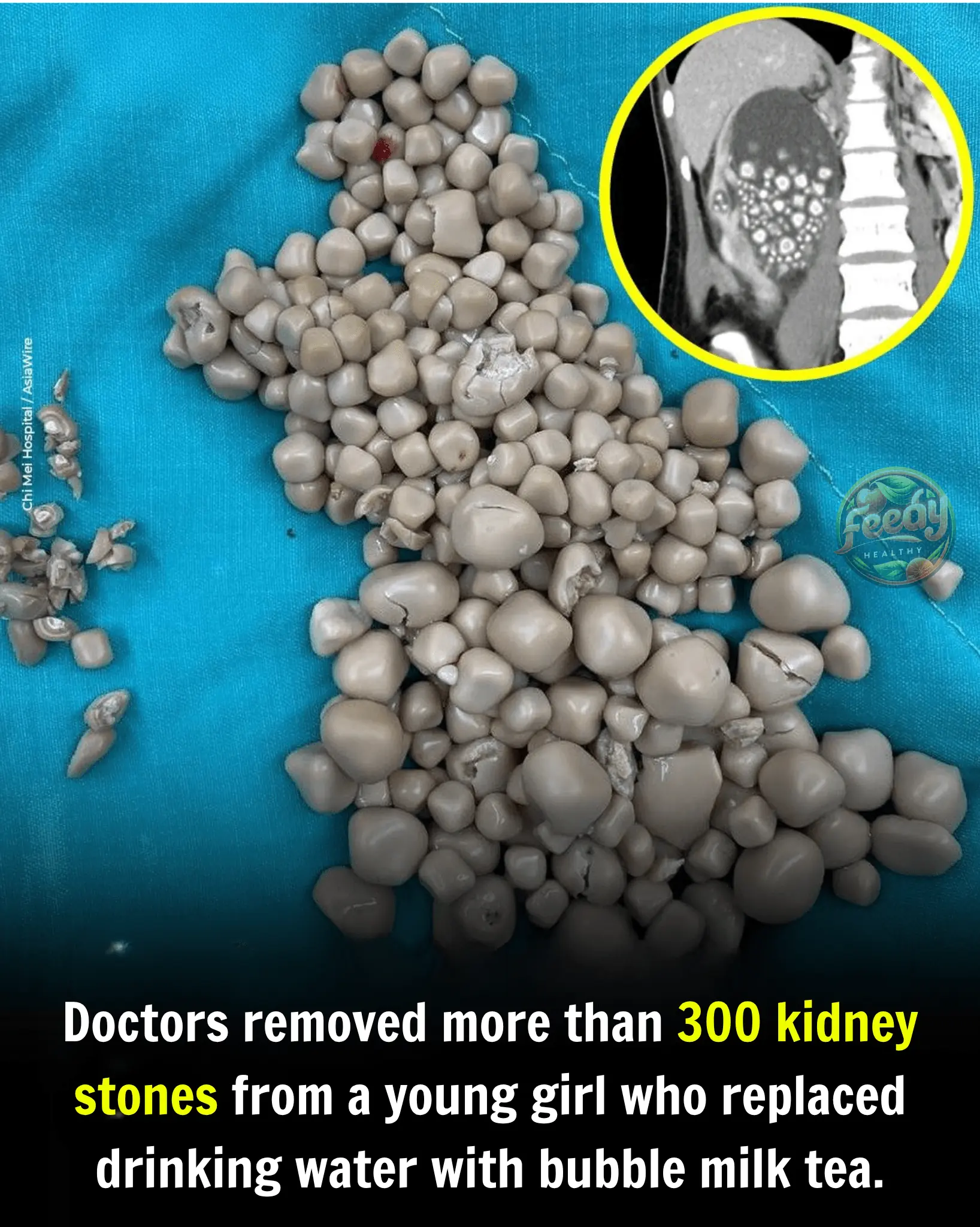
300 Kidney Stones Likely Caused by Drinking Bubble Milk Tea Instead of Water

Avocados: The nutrient-packed fruit doctors recommend
News Post

61-year-old man remarries his first love, wedding night brings shocking revelation

When a K-Pop Birthday Went Wrong: The Brazilian Brother Who Mistook Kim Jong Un for a Korean Idol

Carob: The Forgotten Superfruit Making a Healthy Comeback in 2025

What Happens To Your Body When You Eat Pumpkin Seeds Every Day

4 foods to eat on an empty stomach in the morning to cleanse the gut, boost digestion, and lower cancer risk

Itchy Breasts? Here Are 6 Health Issues That Could Be Behind It

Things that make men instantly unattractive

Transform Your Health with Just 2 Cloves a Day: The Tiny Spice with Massive Benefits

11 Secrets About Sweet Potatoes You Didn’t Know

8 Super Drinks to Flush Out Blood Sugar Overnight

Drink This One Glass to Cleanse Your Colon Naturally in Minutes
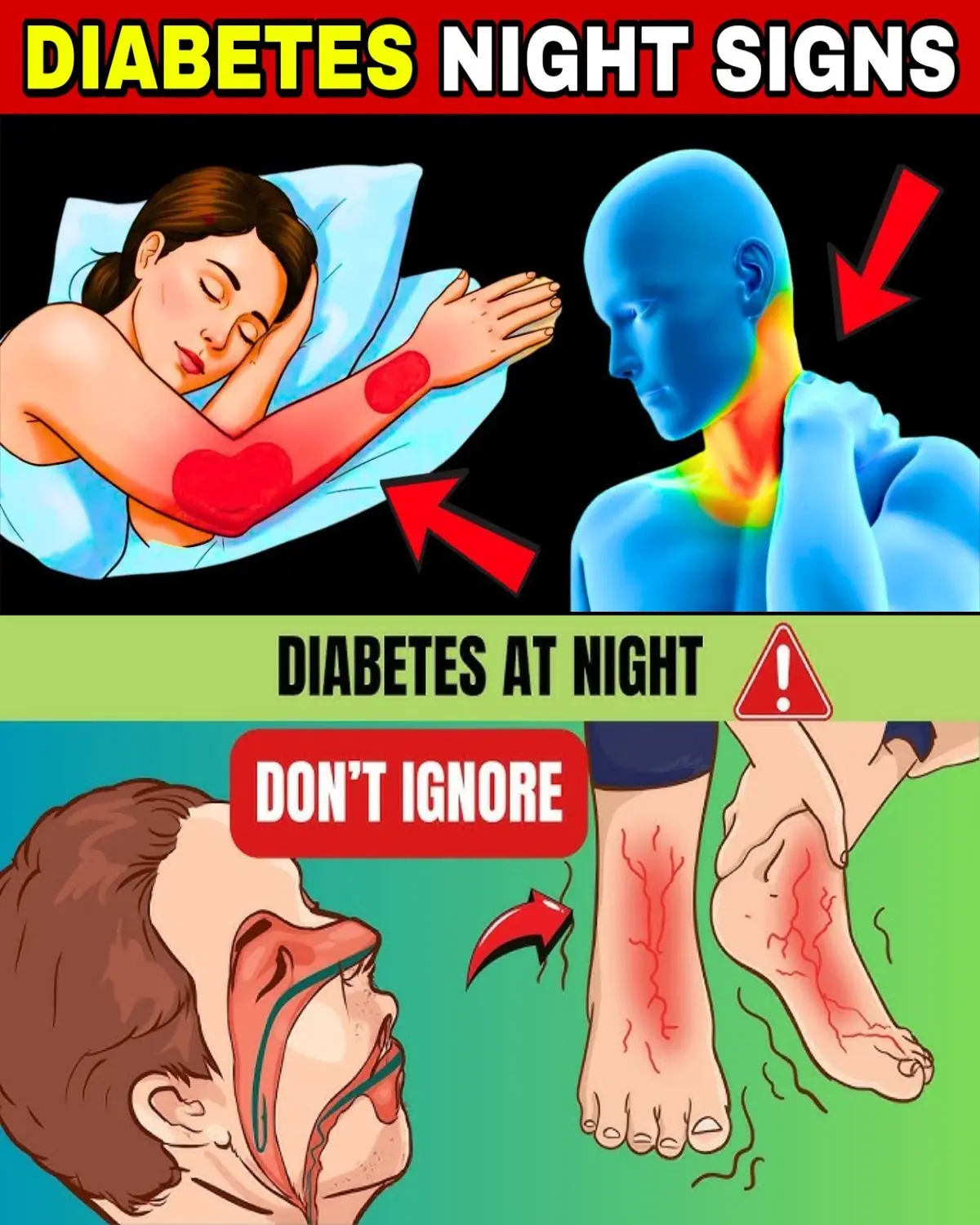
7 Nighttime Signs of Diabetes + 8 Tips to Avoid Blood Sugar Spikes Without Cutting Carbs!

Do These 10 Things! No Kidney Patient Will Ever Lose a Kidney

Banana Tea: Should You Try It? (Nutrition, Benefits, Recipe)

When a Woman Stops Loving: Recognizing the Signs and Taking Care of Yourself

Amazon Rainforest Fungus That Eats Plastic: A Real Discovery With Real Limits

The Romantic Rituals of Seahorses: A Morning Dance of Devotion
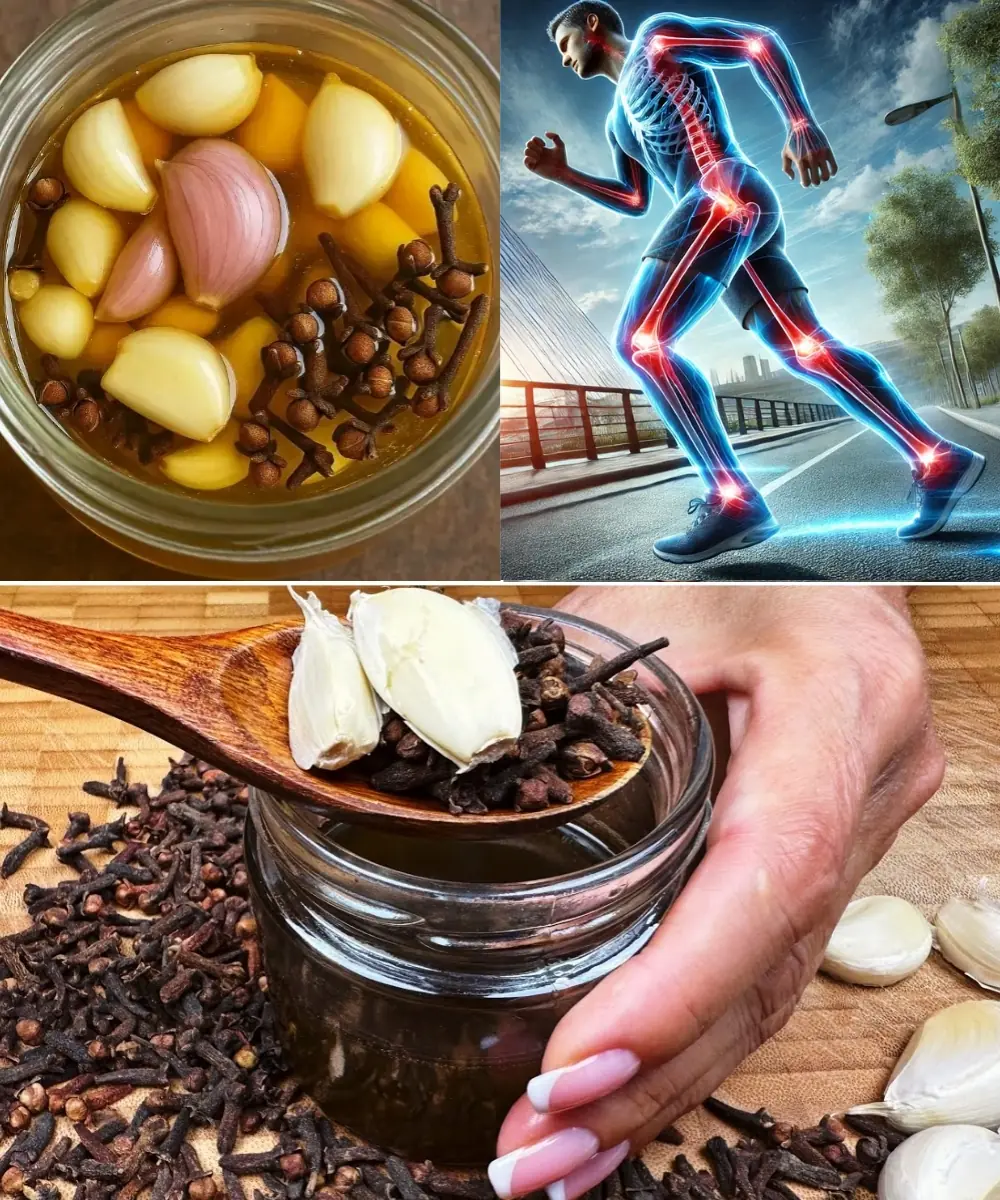
Garlic, Honey, and Cloves – A Powerful Natural Remedy Packed with Health Benefits
